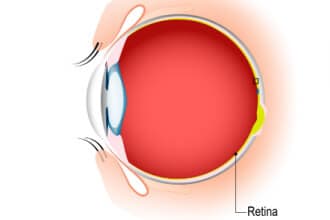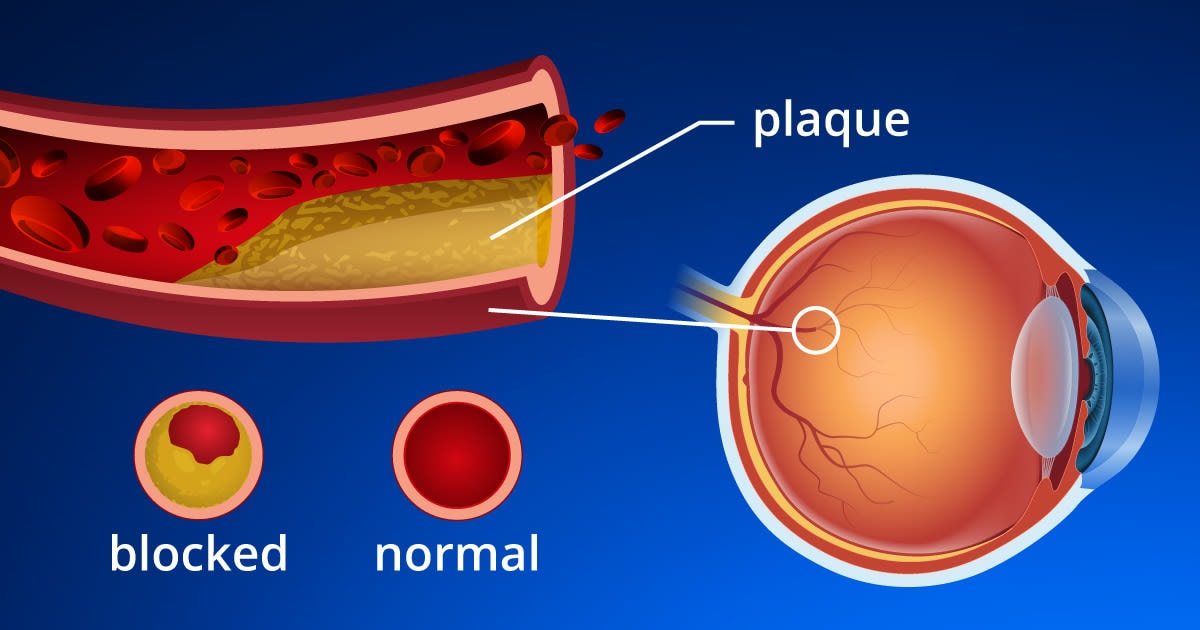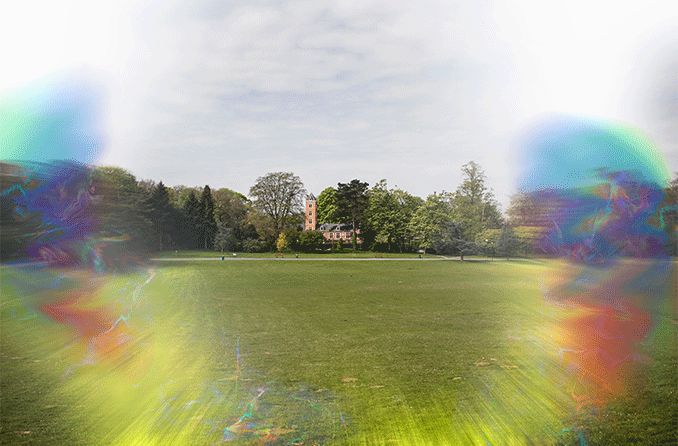What is an ocular migraine?
Ocular migraine is another name for a retinal migraine . It's a rare condition that can cause temporary blind spots, vision loss and flashes of light in one eye. These symptoms usually last one hour or less.
Some people also use the term ocular migraine to talk about a migraine aura because it causes vision changes, too. In fact, many doctors even mix up these terms, especially if they aren’t headache specialists.
But a migraine aura and a retinal migraine are two different things.
A lot of the words people use to talk about migraines can be pretty confusing. For example, migraine doesn't mean headache. A migraine is a type of neurological condition that can have all sorts of different symptoms. Sometimes they include headaches, but sometimes they don't.
Understanding some migraine basics can help patients have better conversations with their doctors.
Ocular migraines vs. migraine auras
A retinal (ocular) migraine is a type of migraine, but a migraine aura is a group of symptoms. They're similar in some ways, but they aren't the same.
Retinal migraine (ocular migraine)
A retinal migraine starts in the back of your eye ( retina) or right behind your eye.
During an ocular migraine, there is a temporary reduction in blood flow to this area. This is why they have a unique type of visual symptoms.

Eye anatomy depicting the location of the retina.
Retinal migraines have been called many different names. In addition to "ocular migraines," some people call them "optical migraines" or "eye migraines."
People can experience pain during or after an ocular migraine, but you can also see vision changes without any pain.
Retinal migraines are rare, but researchers don't know exactly how rare. Some information suggests only one in every 200 migraine patients gets retinal migraines.
Doctors can't diagnose retinal migraines the same way they diagnose other problems. Instead, they diagnose them by ruling out other conditions that cause the same symptoms.
Migraine aura
A migraine aura starts in your brain, not your eye. The aura is one or more symptoms that can happen right before a headache starts. These visual symptoms happen in both eyes.
Some people experience an aura without any pain at all. Doctors call this an “acephalgic migraine” or a “migraine aura without headache.”
It's also common for people to call them "visual migraines." This may be why they get mixed up with ocular migraines so often. Here is an easy way to remember the difference: "visual migraines" happen in your vision, but "ocular migraines" happen in your eye.
About 8% of the population gets migraines with aura.
One in every four people who get migraines sees an aura beforehand. Others will only experience symptoms like headache, nausea and vomiting.
Ocular migraine symptoms
Retinal migraine symptoms only happen in one eye. The visual effects can happen with or without pain.
Symptoms can include:
A blurry or blind spot in your vision that may get bigger as the migraine goes on.
Twinkling lights in your vision.
These visual effects usually last between five minutes and an hour. After that, your vision should go back to normal.
Doctors are usually more concerned about a retinal migraine than a migraine with aura. It's rare, but retinal migraines can sometimes lead to permanent vision loss in one eye. Get medical help if your symptoms last longer than an hour.
Retinal migraines can also have the same symptoms as other serious eye conditions and urgent medical problems. Always tell a doctor when you notice new changes in your vision.
Migraine aura symptoms
Almost all visual migraine auras will make you see at least one unusual effect. Most auras last between five minutes and one hour before they go away on their own.
Visual migraines often appear suddenly and may create the sensation of looking through a cracked window. The visual migraine aura usually moves across your field of view and disappears within 30 minutes.

Visual effects can include:
Flashing lights
Zigzagging lines
Bright spots
Blurry or blind spots
Foggy vision
Wavy or "watery" vision
You can see an aura in both of your eyes. Since they start in your brain, you'll still be able to see things like flashing lights or bright spots with your eyes closed.
But migraine auras aren't always just visual. Around one in three auras comes with sensory symptoms like numbness or tingling in your body. One in every 10 auras includes dysphasic symptoms that make it harder to speak and use language the way you're used to.
Most people get very sensitive to light once their migraine pain starts, even if they don't see an aura beforehand. They can also feel pain or pressure behind their eyes.
SEE RELATED: Other conditions that cause temporary blindness
What causes ocular migraines?
Ocular migraines can be triggered, but researchers don't know exactly why they start happening in the first place. They think that retinal migraines share the same triggers with migraine headaches (with or without an aura).
Possible triggers include:
Stress
Dehydration
Caffeine and caffeine withdrawal
Eye strain
Bright lights
Exercise
Hormonal changes
Contraceptive medication
Food and chemical sensitivity
High blood pressure
Low blood pressure
These are some of the most common triggers, but they aren't the only things that can lead to an ocular migraine.









